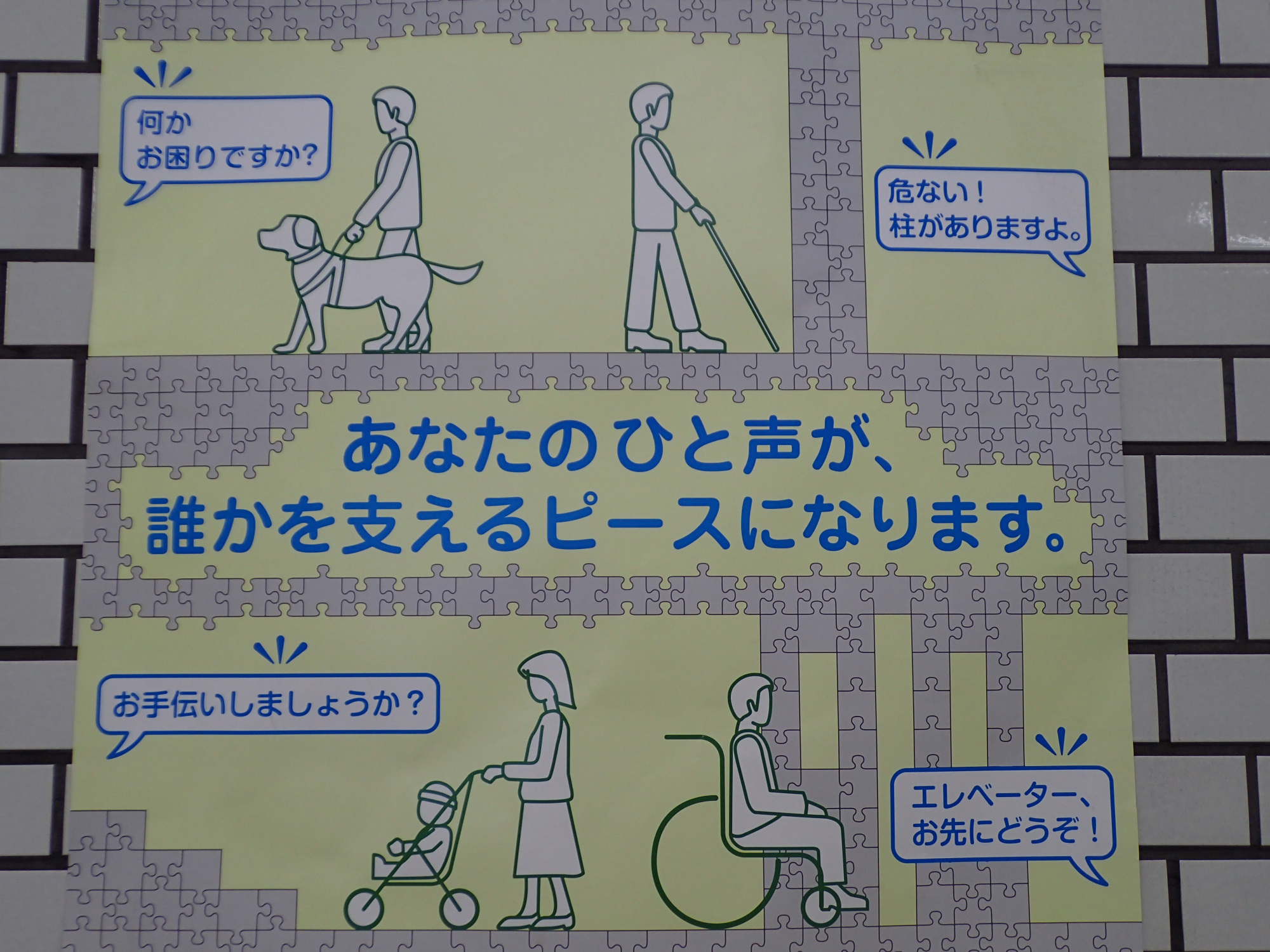One of the major properties that distinguishes human language from other forms of animal communication such as a bee's dance or a crow's caw is recursion, or the ability to embed one sentence within another. A prototypical example of this capacity is relative clauses, such as "The article that I'm about to read doesn't look very interesting."
Before you stop reading entirely, you must have a look at the corresponding Japanese version of this sentence: 今読もうとしている 記事はあまり面白くなさそうだ (Ima yomō to shiteiru kiji wa amari omoshirokunasa-sō da). Whereas in English, a fairly complex syntactical operation is required to combine the two sentences "I'm about to read the article" and "The article doesn't look very interesting," things are far easier in Japanese: Simply take the first sentence as is and insert it before the second, just as you would do with an ordinary adjective. Literally translated, that gives you something like "The now-about-to-read article doesn't look very interesting."
The whole thing is so simple that it's somewhat dubious to call it a relative clause in the first place. In fact, specialists on the topic prefer the term "general noun-modifying clause construction," which is certainly more accurate — if slightly clumsier.



